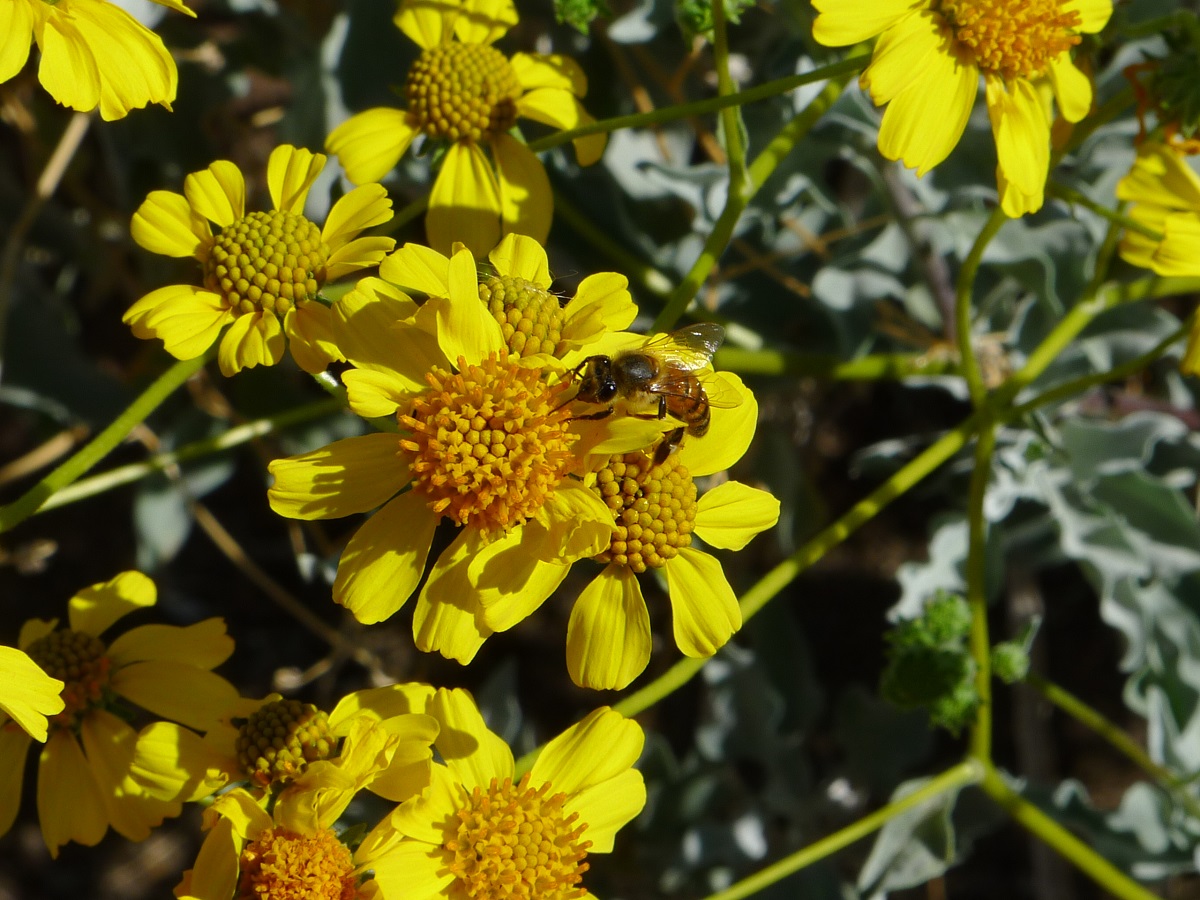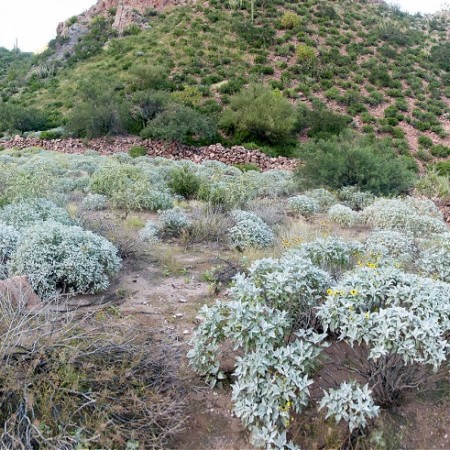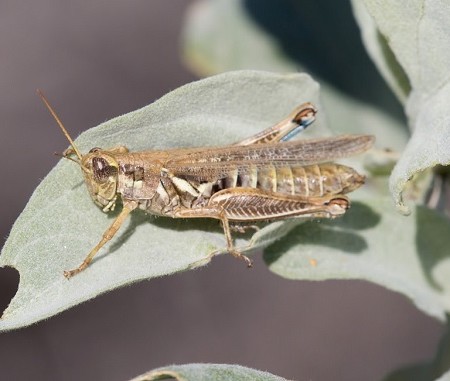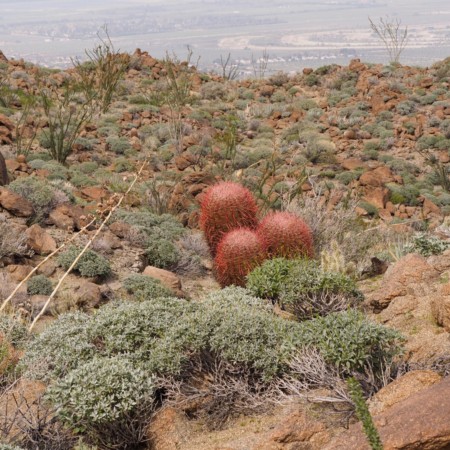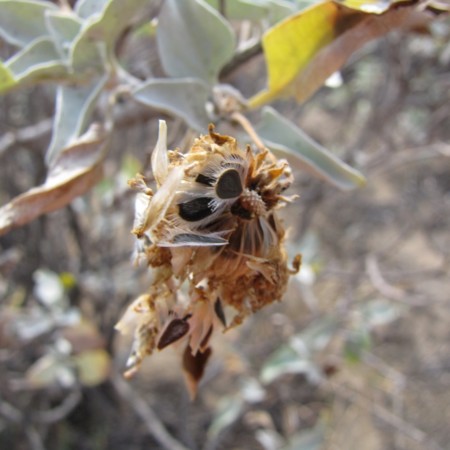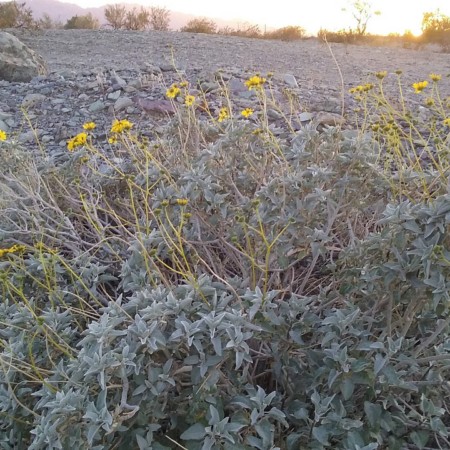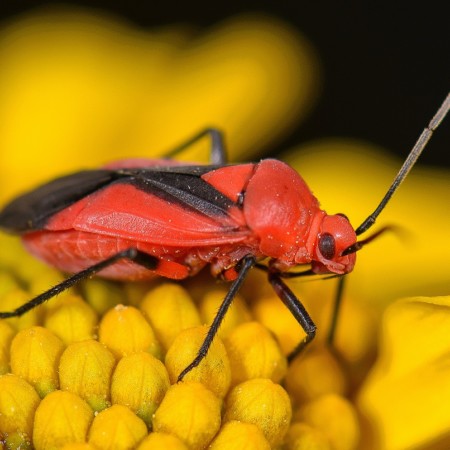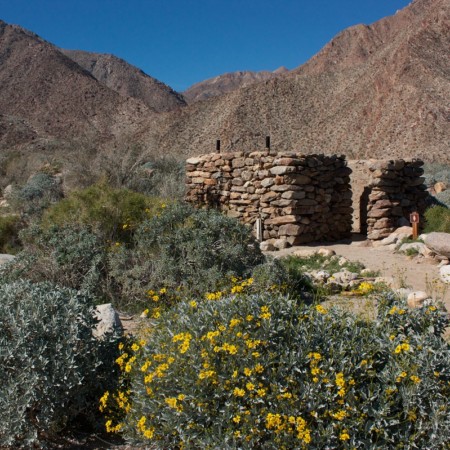(Photograph = Encelia farinosa flowers, Chipmunk)
Introduction
Encelia farinosa is a drought-deciduous, dicot shrub of the southwestern USA and northwestern Mexico. Unlike its coastal relative (E. californica), E. farinosa is restricted to inland areas (deserts). Also unlike E. californica, it has silvery tomentose leaves. Like coastal brittlebrush, desert brittlebrush is easy to grow and it has been used (hydroseeded) for erosion control after fires.
The Details
Both shrubs are known as brittlebrush because their thin stems are brittle and snap easily. E. farinosa is typically white, gray, or gray-green in appearance due to the heavy covering of leaf hairs, which make the surfaces fuzzy.
E. farinosa is found in deserts or dry chaparral, sometimes growing in disturbed areas. It prefers dry areas with deep gravelly soils or perhaps sandy slopes. Though it can be over 3-ft tall, the hemispherical shrubs are often less than 2-ft tall, but yellow flowers (capitula) borne another 3 to 8 inches higher.
Typically, yellow, ligulate flowers (rays) surround yellow disc flowers. However, variety phenicodonta has purple-brown disc flowers. Sometimes the plant has been called bush marigold to reflect and color of the shape of the flowers.
Wikepedia reports that Native Americans used the plant resin to create glue, sealer (varnish), incense, and chewing gum. The plant was also used variously to treat toothaches, as a toothpick, and to treat chest pain.
Additional Information: Flor de Rocío (Encelia farinosa)
